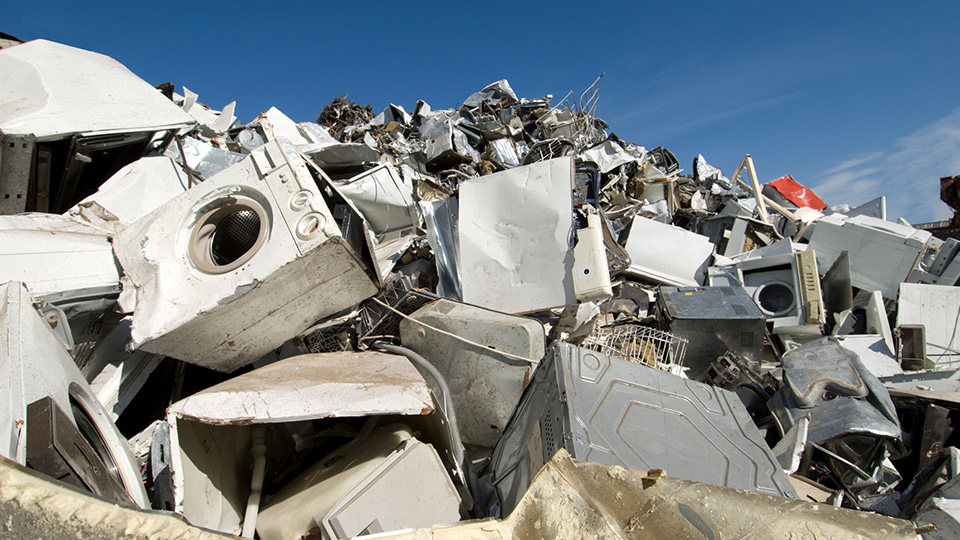When it’s time to upgrade your MacBook, notebook or other laptops, you can do your part for the environment by recycling it in a few easy steps.
Whether your old battery has finally died, or you just need an upgrade, there comes a time when we have to dispose of our ageing laptops.
In the past, many laptops have ended up in the general waste bin and taken to landfill, contributing to Australia’s growing electronic waste problem.
E-waste is one of the fastest growing forms of waste in the world today, fuelled by our appetite for the newest electronic and electrical devices such as smartphones, laptops and televisions.
Recycling your MacBook, notebook and other laptops not only prevents these devices from polluting the environment, but also allows valuable materials to be recovered and reused in new products.
So, when you’re ready to update your laptop, here are some tips to recycle your old one:
Find out where to recycle your MacBook or laptop
The first thing to do is check if your manufacturer runs a take-back service. For example, MacBook owners can take their old devices to an Apple store for recycling and receive a store credit.
For laptop brands that don’t have their own take-back program, households and small businesses can drop off devices for free, as part of the National Television and Computer Recycling Scheme (NTCRS).
Check with your local council to see if they are part of the NTCRS, otherwise you can find your closest drop-off point at RecyclingNearYou.com.au.
If you are a business or organisation with commercial-grade volumes of computer e-waste, you can partner with a recycling company like Ecocycle to develop a tailored recycling program.
The benefits of recycling MacBooks and other laptops
There are numerous benefits to recycling old or broken laptops and other e-waste, like protecting the environment from toxic materials such as mercury and lead.
When laptops aren’t recycled, they end up in landfill where they can leach mercury and lead into the ground and waterways and have a destructive impact on the health of communities and the environment.
A range of metals and other non-renewable resources can also be recovered through the recycling process and reused in new laptops and other electronic devices.
Recovering non-renewable materials for new products uses a fraction of the energy required to mine new raw materials while reducing the demand for further mining. It’s a win-win.
Recycling is no longer just about feeling good about helping the environment either, with Victoria and South Australia banning the dumping of e-waste into landfill.
Other states are watching the bans closely, while also incentivising recycling through increased costs for dumping e-waste in landfill.
Recycling is also good for your reputation, making your organisation an attractive place for employees and customers.
Ecocycle can help with recycling MacBooks and laptops
If you’re looking to recycle outdated and broken MacBooks and laptops, Ecocycle can help with customised e-waste recycling programs for businesses and organisations of all sizes.
Ecocycle is one of Australia’s most experienced recyclers of e-waste, including MacBooks, laptops, computers, computer monitors, printers, televisions, mobile phones, smartphone batteries and game consoles.
If you want to learn more, then give us a call on 1300 32 62 92 or fill out the form below and one of our recycling experts can run through our e-waste options with you.






